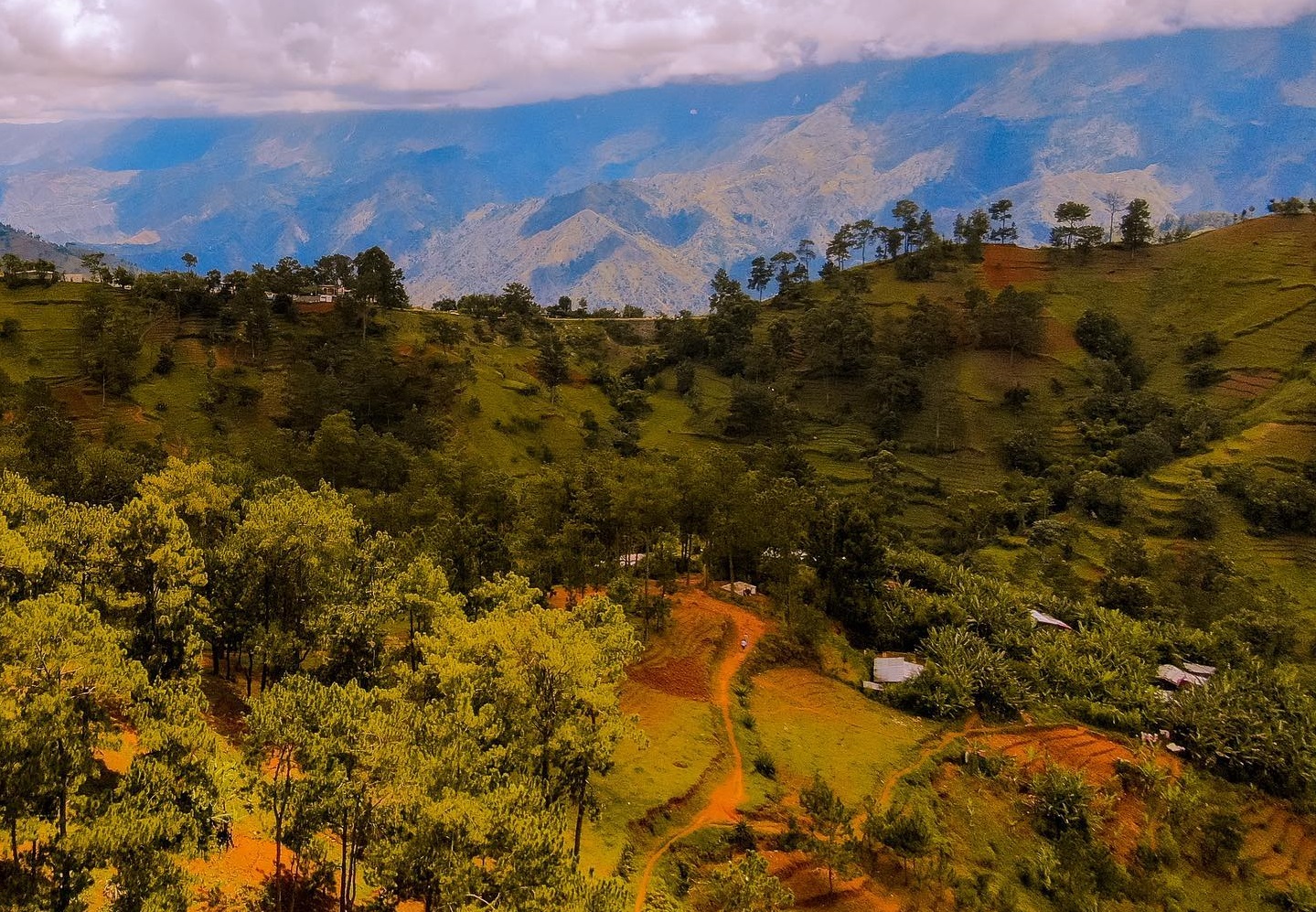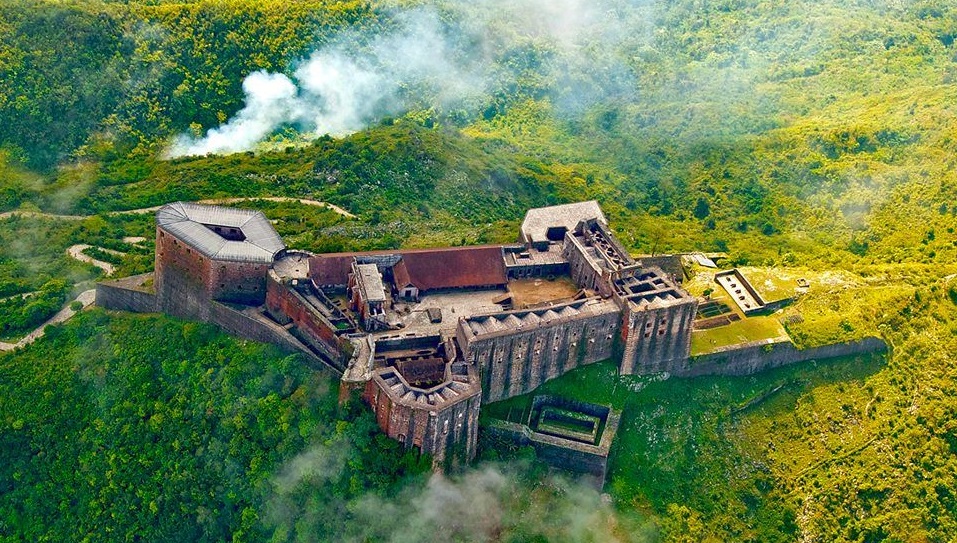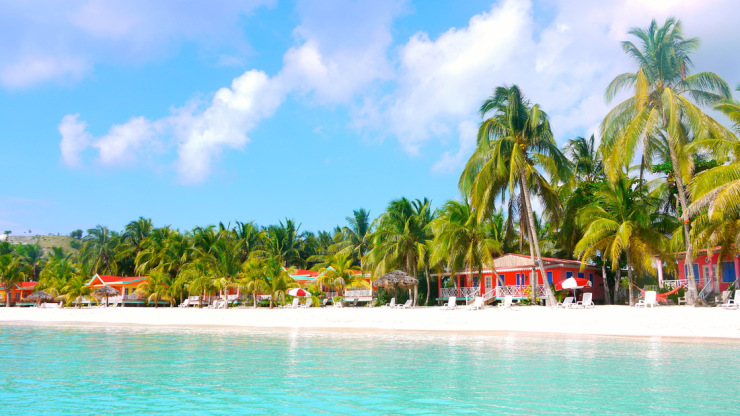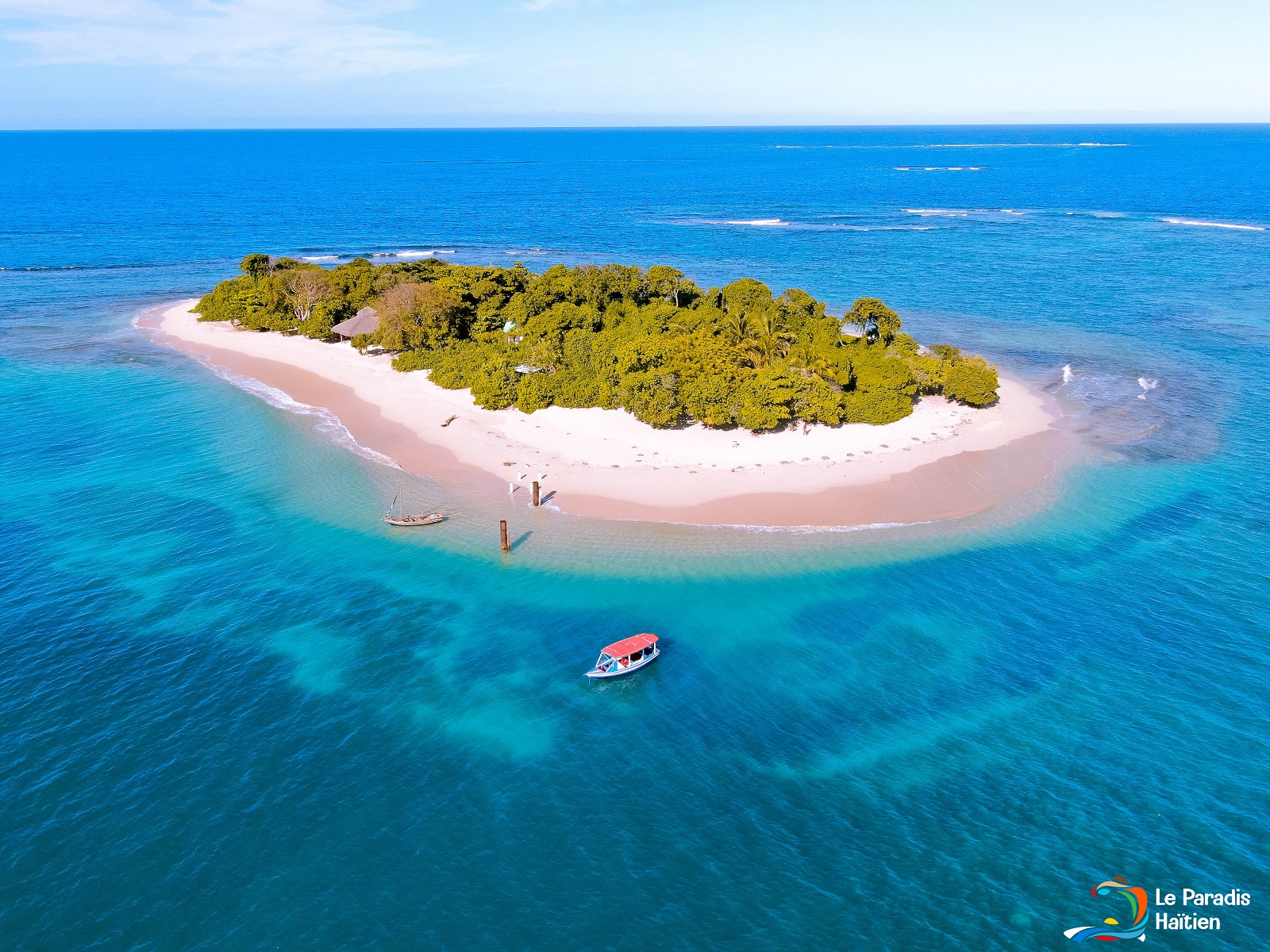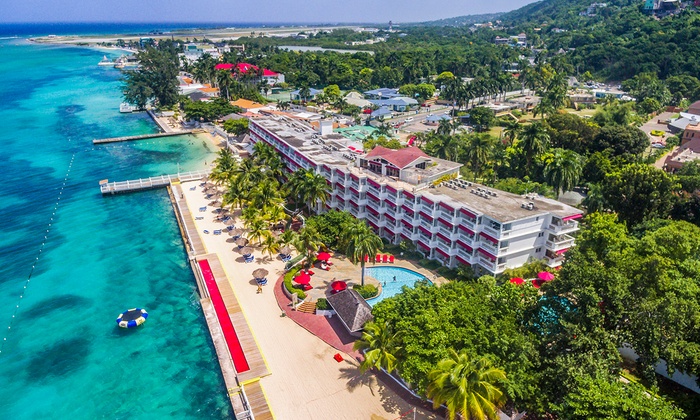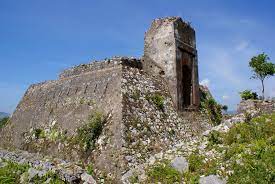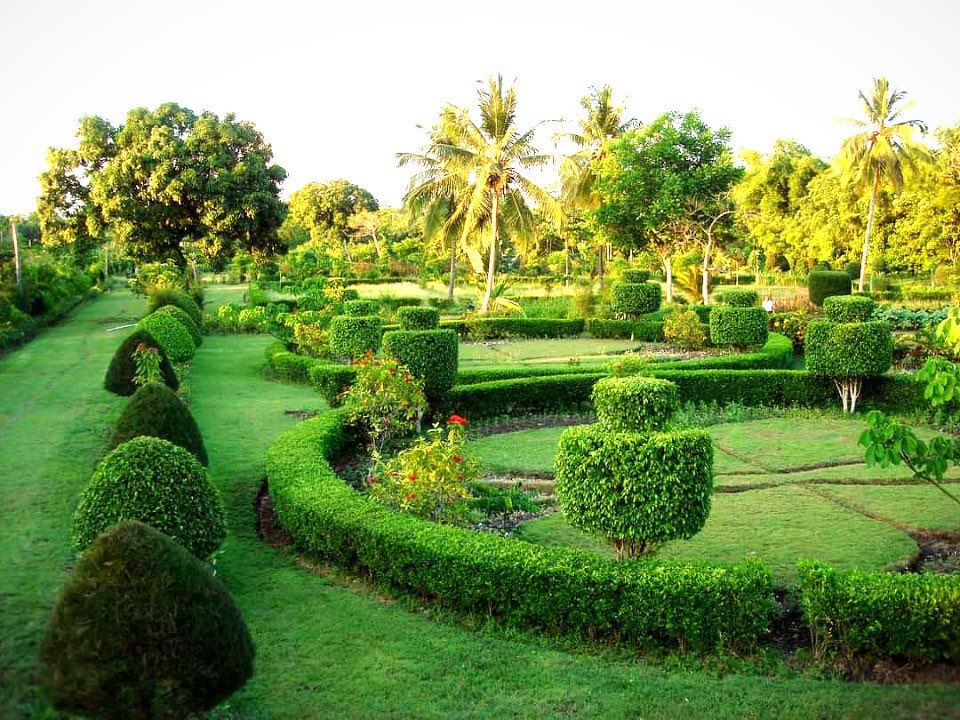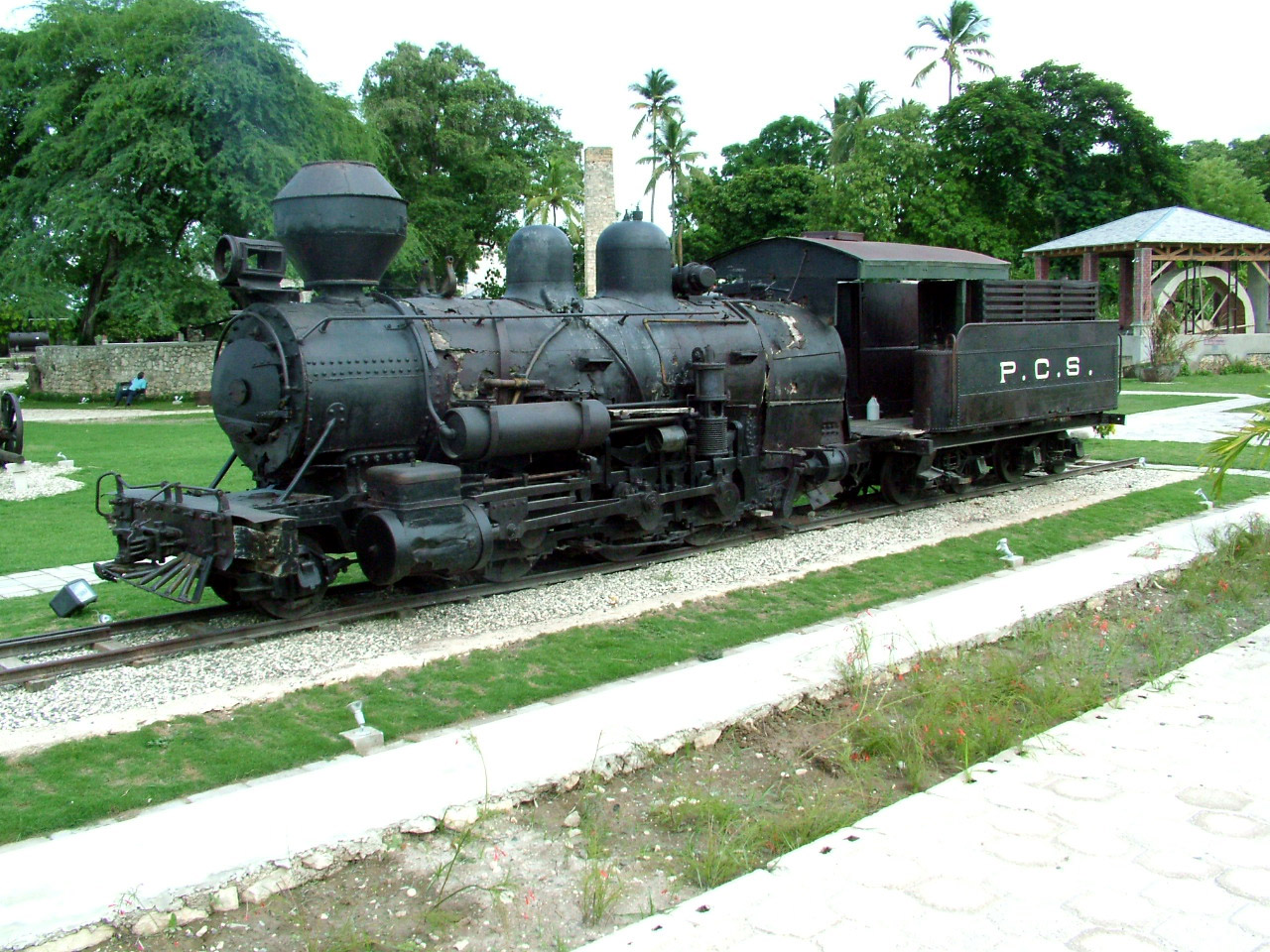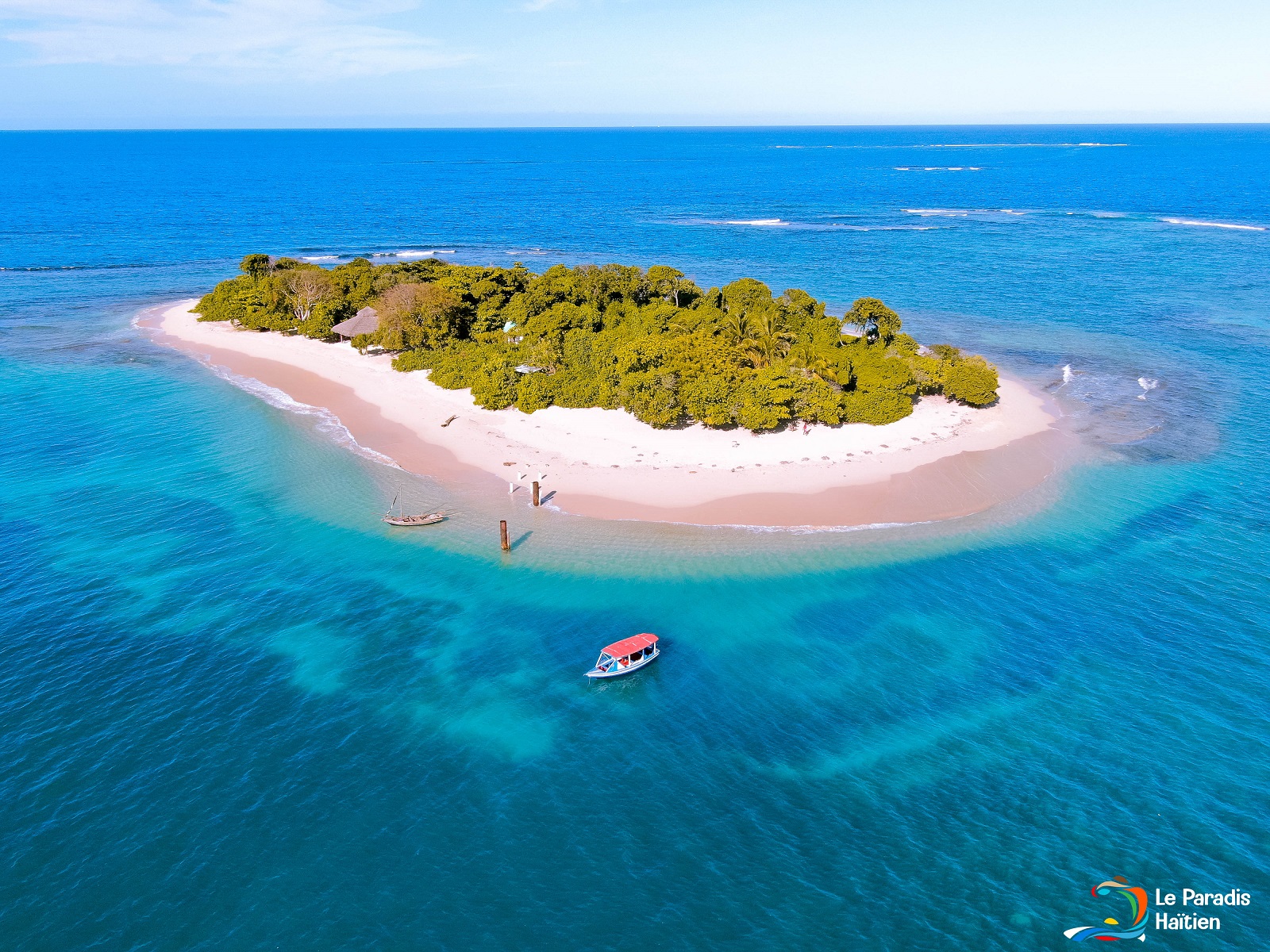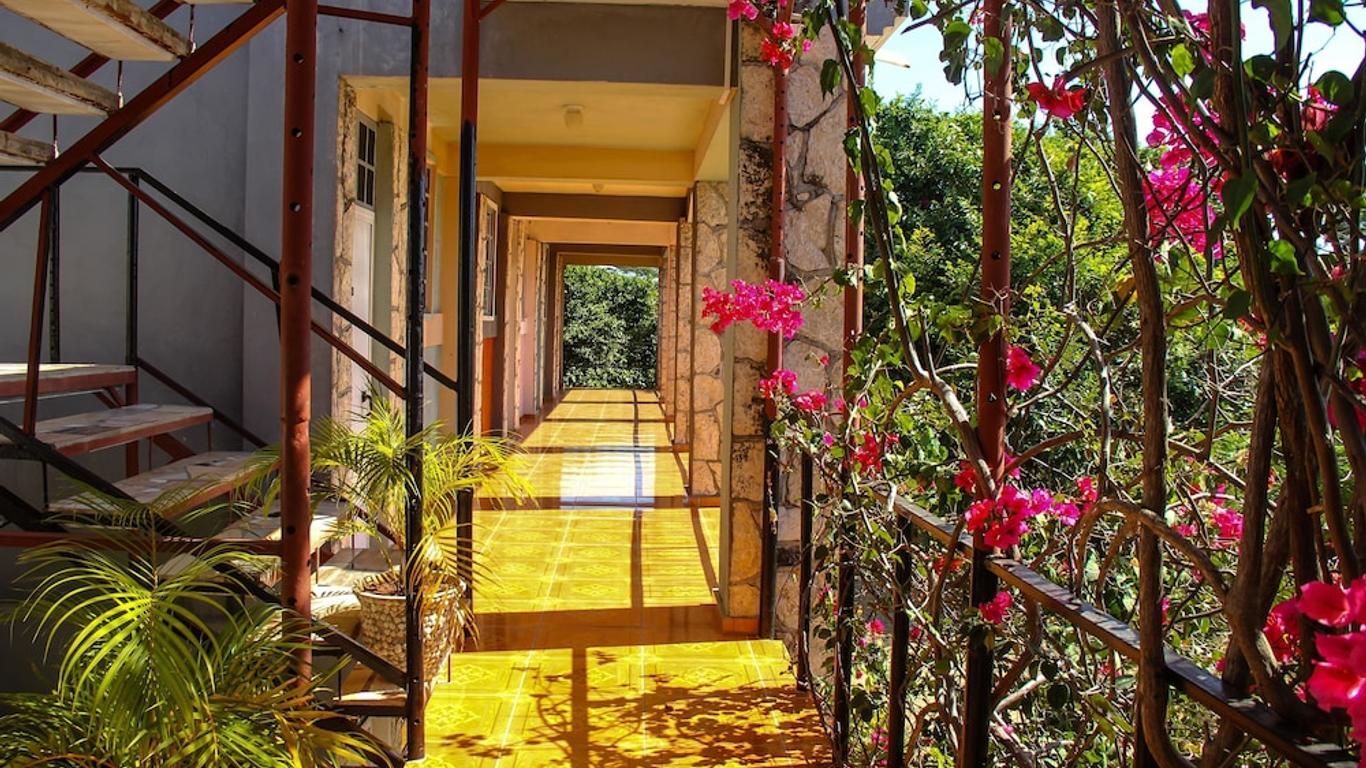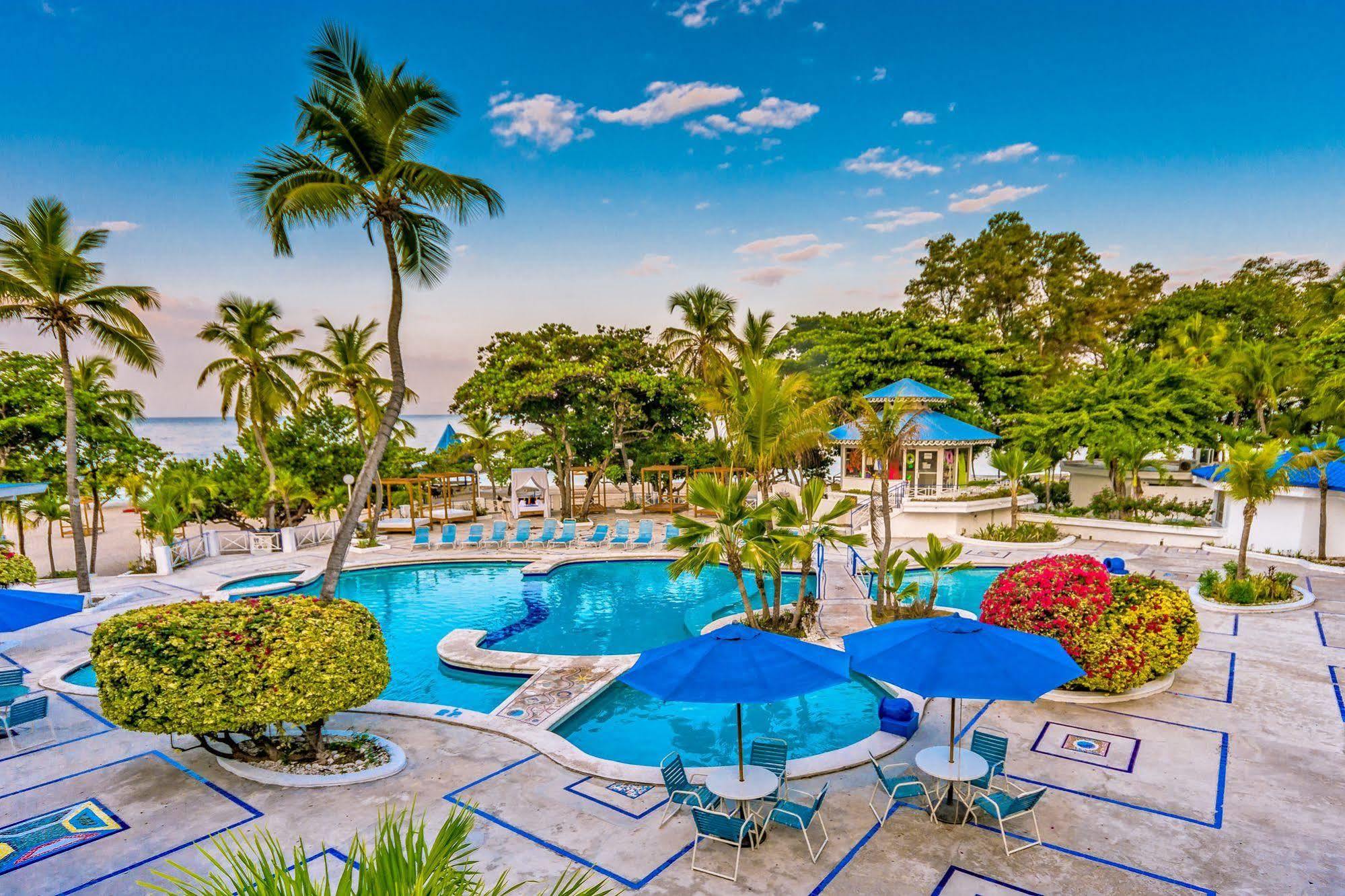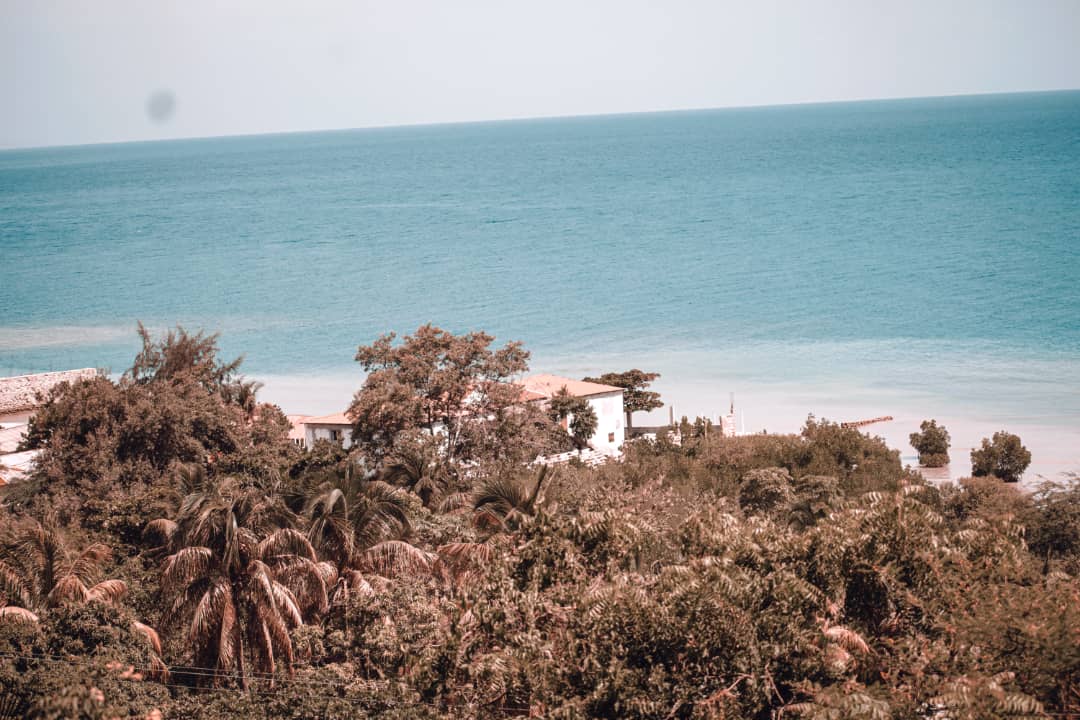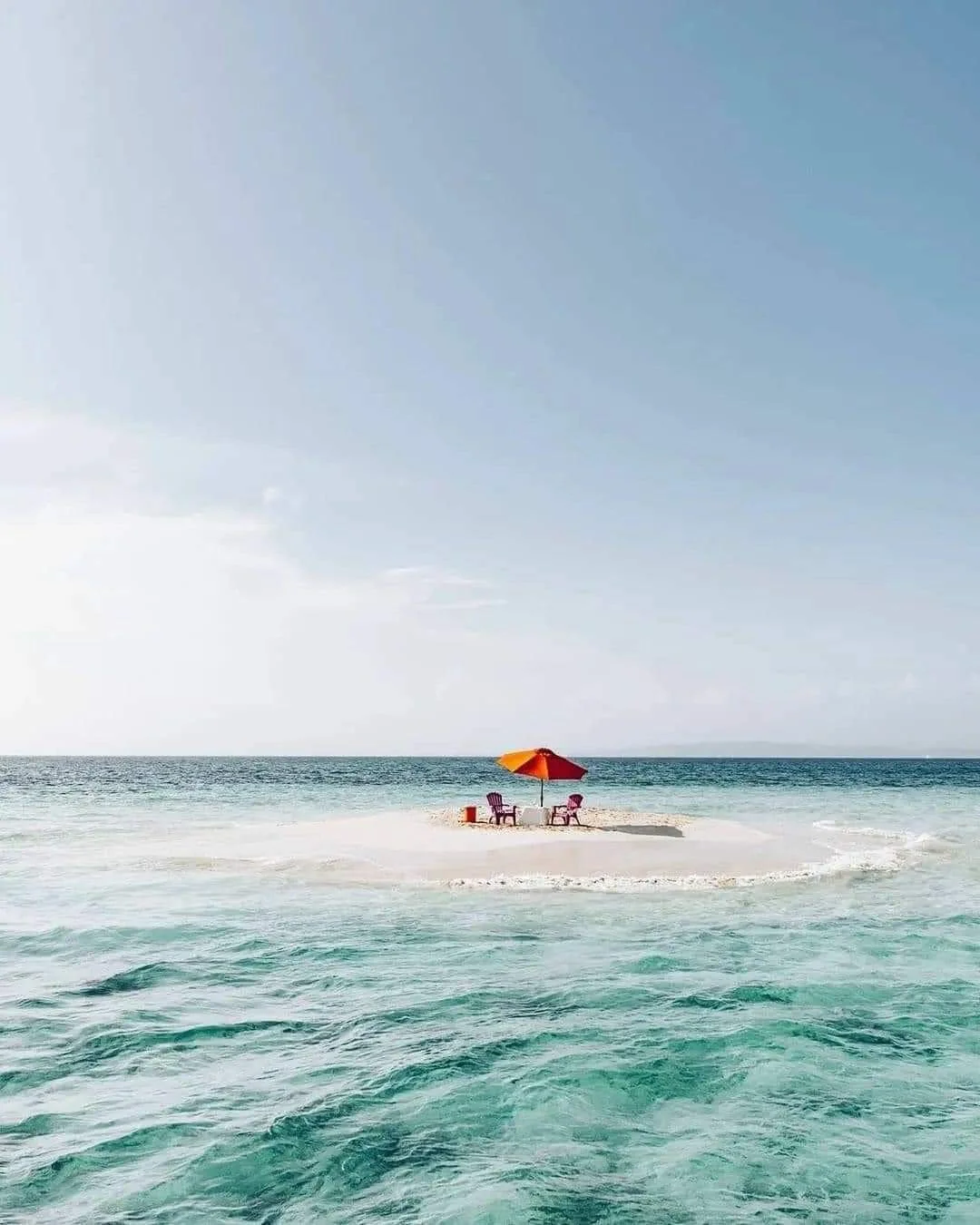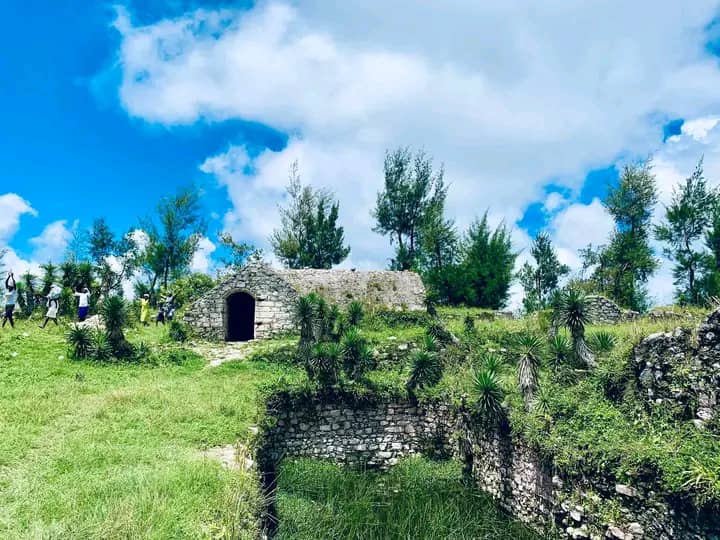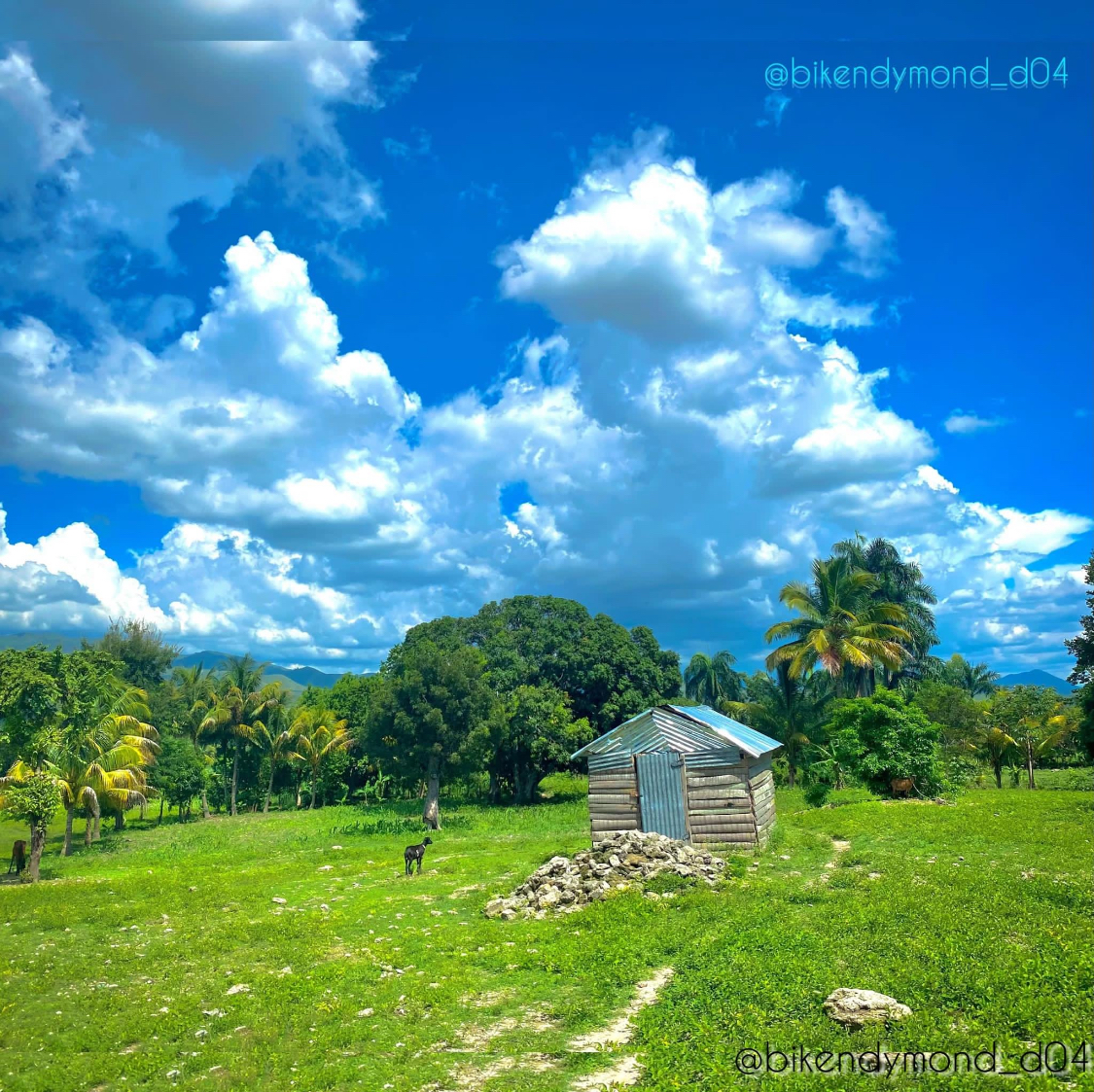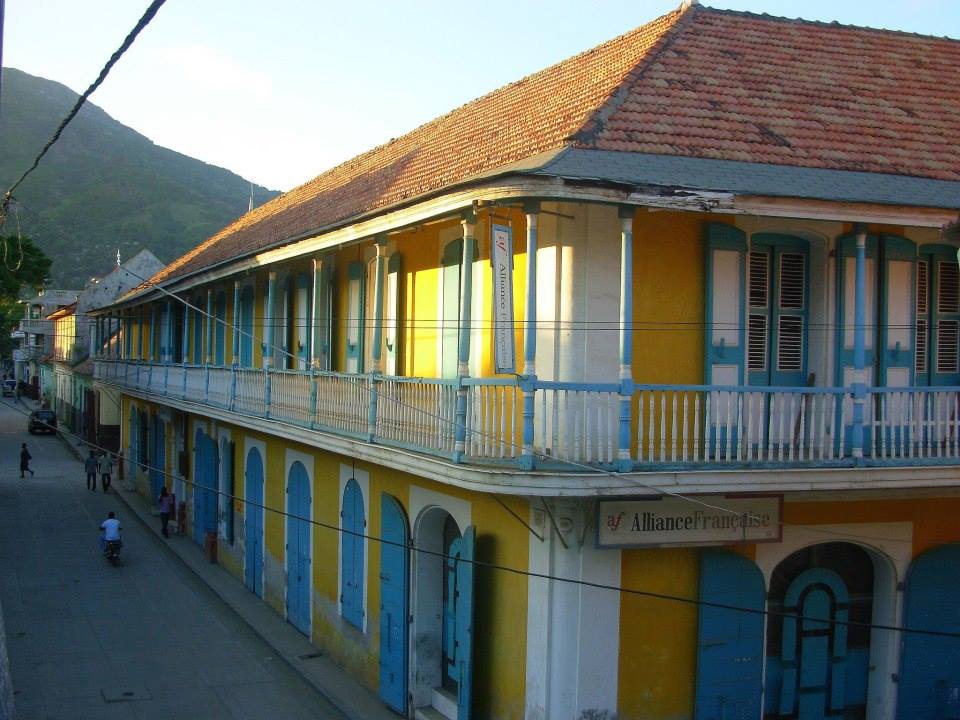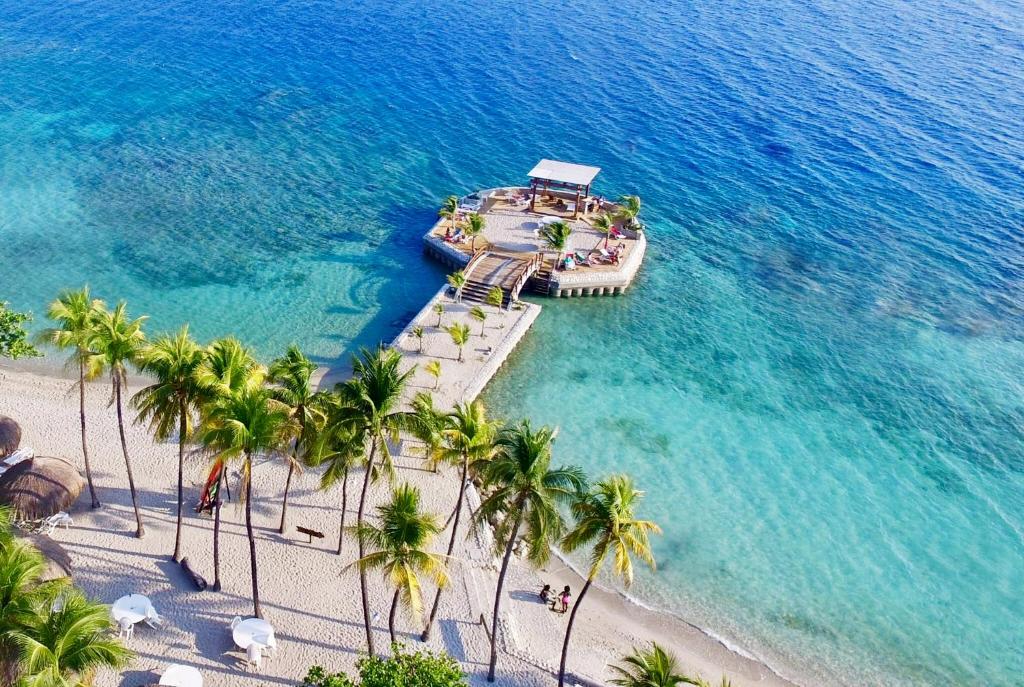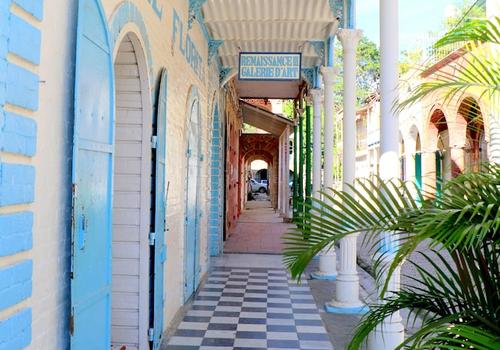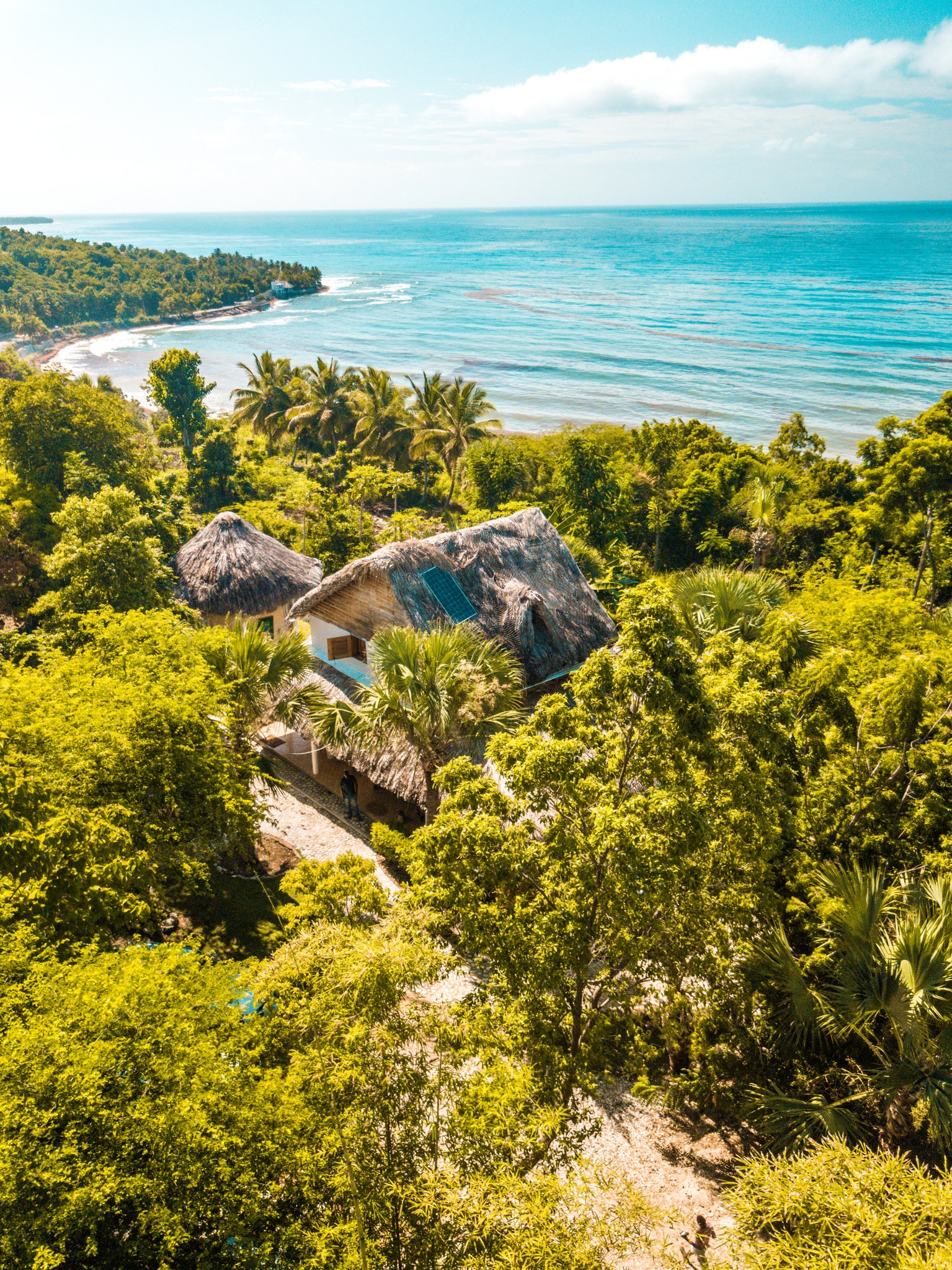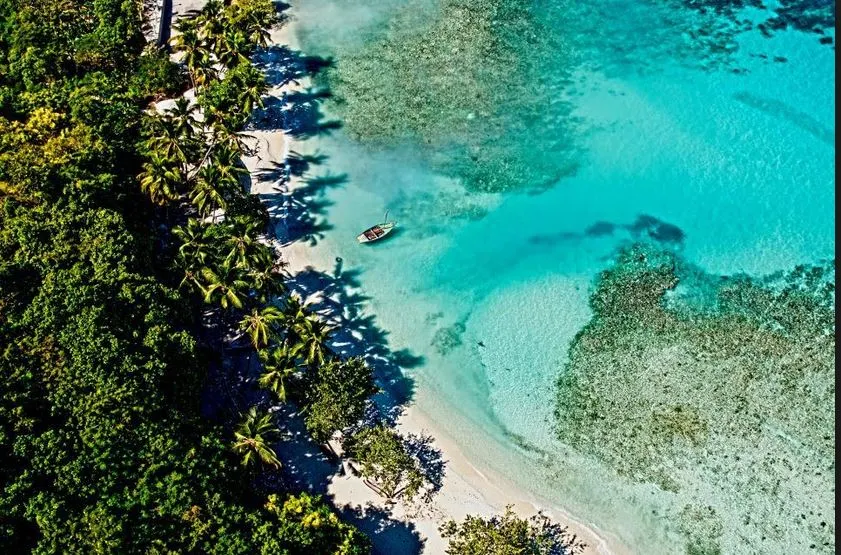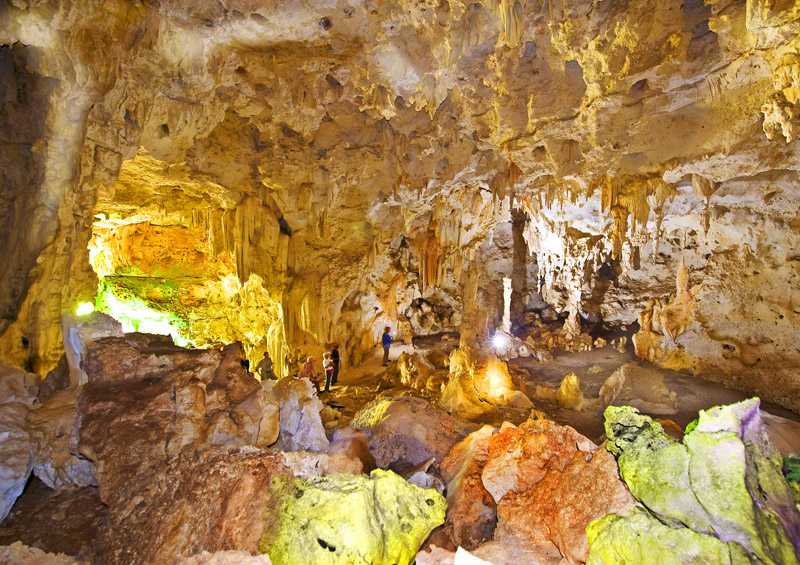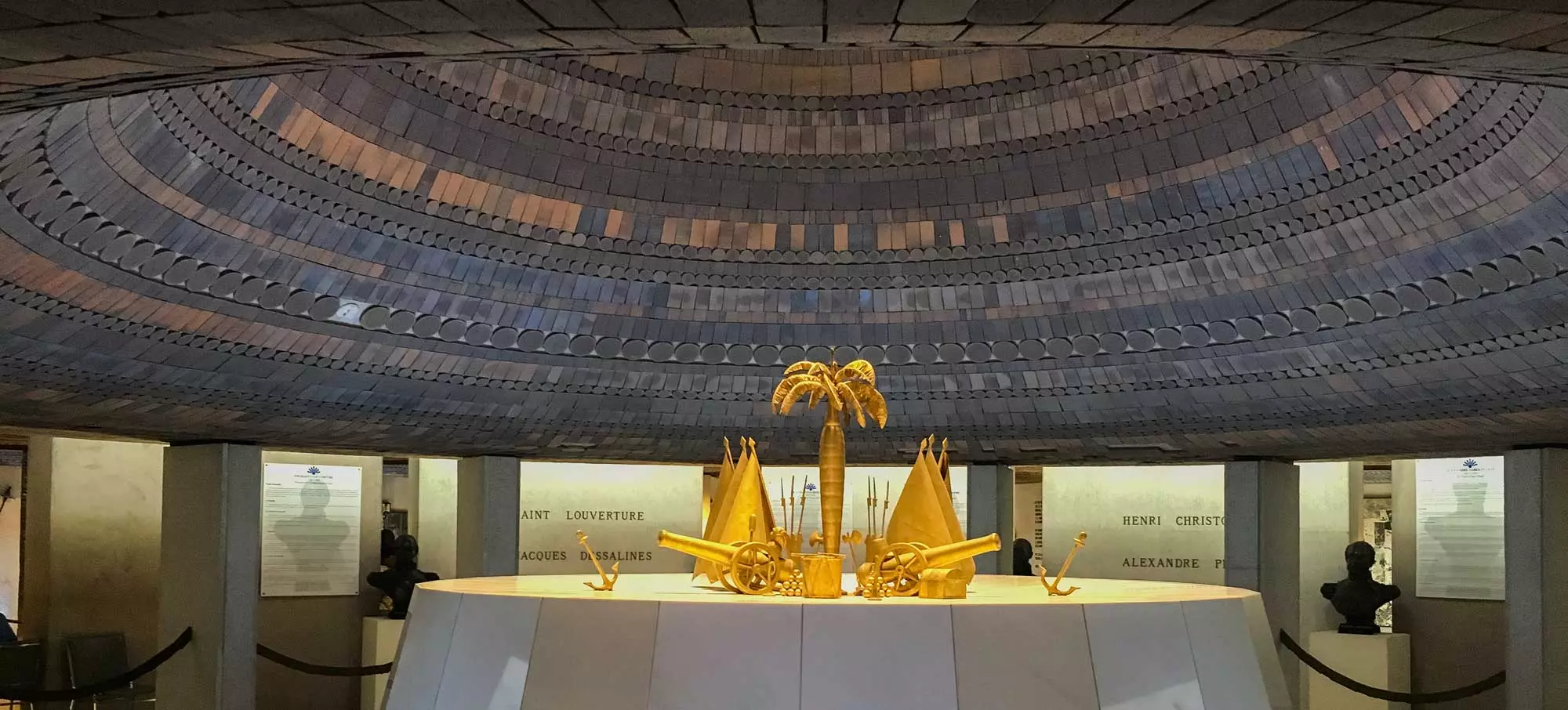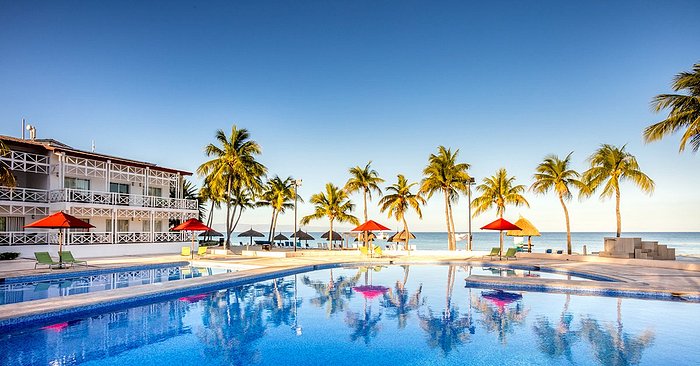Haiti: Fort-Jacques and Fort Alexandre
After decades of struggle against colonial rule, Haïti achieved independence in 1804, marking a major cultural moment for the Haitian people. This event was celebrated with enthusiasm and festivities, symbolizing the long-awaited liberation from French oppression. Just as independence from British rule was crucial for Americans, Haiti’s continues to resonate in the country’s history.
However, the joy of independence was tempered by the caution of General Alexandre Pétion, a visionary man in the Haitian army. Aware that former colonizers might attempt to regain control of the island, Pétion took proactive measures to protect the newly acquired freedom. This is how he supervised the construction of two strategic forts: Fort Alexandre and Fort Jacques.
See as well
Fort Alexandre, named after its commander Pétion, was an imposing fortress erected to counter any attempt at reconquest. Similarly, Fort Jacques was named in honor of Jean-Jacques Dessalines, the emperor of Haïti at the time. These two forts were built within a year, highlighting the urgency that Pétion felt to ensure the lasting protection of the Haitian nation.
Today, centuries after their construction, Fort Jacques remains a powerful testimony to Haiti’s heroic history. Perched on the mountains, the fort not only offers stunning views of the surrounding area, but it also houses some of the cannons used to defend Haiti’s independence. These cannons, once symbols of resistance, are now museum pieces, reminding visitors of the importance of the fight for freedom.
Fort Jacques has transformed into an iconic site, attracting both locals and tourists seeking to understand Haiti’s rich and complex heritage. The fortress has become a place of memory, where current generations can connect with the glorious past of their country.
By exploring these historic forts, we dive into the heart of Haiti’s history, where the determination and resilience of the people triumphed against all adversities. Forts Jacques and Alexandre are much more than stone structures, they are living monuments that continue to bear witness to the courage and determination that have marked Haiti’s history.
Read the article in :













